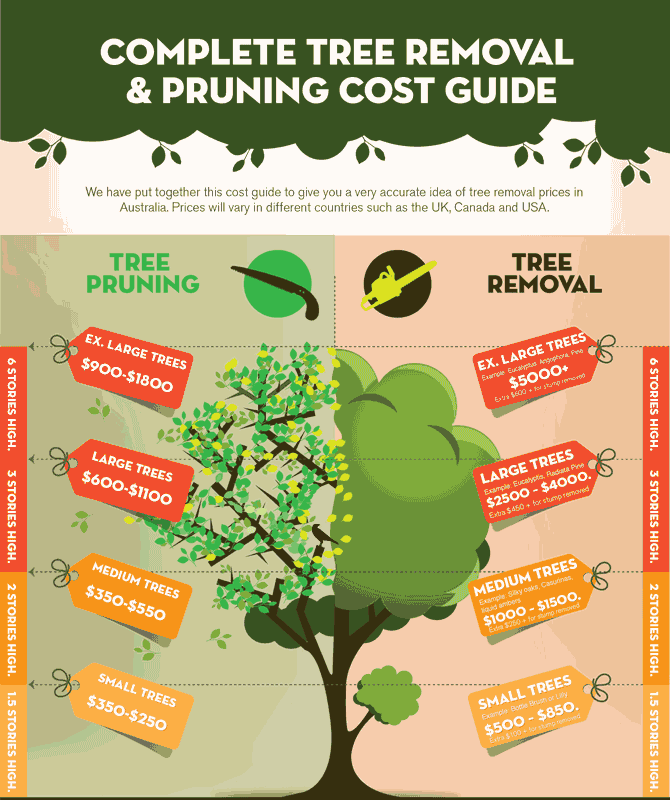The Ecological Advantages Of Stump Grinding: A Sustainable Practice For Land Management
The Ecological Advantages Of Stump Grinding: A Sustainable Practice For Land Management
Blog Article
Content Created By-
When it concerns land management, have you taken into consideration the durable advantages of stump grinding? By attending to the residues left after tree removal, this method not only help in soil health enhancement however additionally plays a critical duty in preventing disintegration and sustaining biodiversity. The environmental advantages of stump grinding extend far beyond plain visual appeals, supplying a lasting remedy that harmonizes with nature's elaborate systems.
Soil Health Enhancement
Seeking to enhance the top quality of your dirt? Get the facts grinding can be a game-changer for enhancing soil health and wellness on your home. By eliminating old tree stumps, you're creating area for brand-new growth and enabling crucial nutrients to return to the soil.
As the stumps break down in time, they release organic matter, improving the dirt and promoting far better plant development.
Additionally, stump grinding aids to aerate the dirt, permitting better water infiltration and origin growth. Compacted dirt can prevent plant development and water absorption, however by grinding stumps, you're loosening the soil and developing a healthier environment for your plants.
In addition, stump grinding can likewise aid to prevent parasite problems and conditions that old stumps may attract. By removing these potential hazards, you're producing a much safer and much more productive landscape.
Disintegration Avoidance
To prevent soil disintegration successfully, stump grinding plays a crucial function in maintaining the security and stability of your land. By eliminating unsightly stumps from your property, you're likewise decreasing the danger of erosion brought on by water overflow. Stump grinding eliminates barriers that can disrupt the natural circulation of water throughout your land, avoiding soil erosion at the same time.
When stumps are left untouched, they can function as barriers to water circulation, triggering dirt to remove during heavy rainfalls. This disintegration not only harms your land however likewise adds to sedimentation in neighboring water bodies, hurting marine communities.
Stump grinding aids to stop these issues by leveling the ground and advertising proper water drainage, decreasing the chance of disintegration.
Biodiversity Assistance
Maintaining healthy biodiversity on your land is important for developing a growing ecosystem. By making use of stump grinding as a lasting land management method, you can dramatically support biodiversity.
Stump grinding aids advertise biodiversity by developing brand-new environments for various plant and pet types. The elimination of stumps permits the regrowth of native vegetation, which in turn draws in a varied range of wildlife. Bugs, birds, and little creatures thrive in these recently available areas, adding to the overall biodiversity of your land.
Additionally, stump grinding assists avoid the spread of conditions and pests that can hurt plant species, hence securing the ecological equilibrium on your building. By removing old stumps, you produce area for brand-new plant growth, which enhances the overall wellness of the ecological community.
This healthier setting supports a broader range of species, advertising biodiversity and producing an extra durable ecosystem in the long term. Accepting stump grinding as part of your land management technique can have enduring favorable results on the biodiversity of your land.
Final thought
By using stump grinding as a sustainable technique to land management, you can boost soil wellness, stop erosion, and support biodiversity. This eco-friendly method not just benefits the environment however additionally promotes the development of plants and creates environments for different plant and pet types. Make browse around this website on the setting by including stump grinding into your land management techniques.
